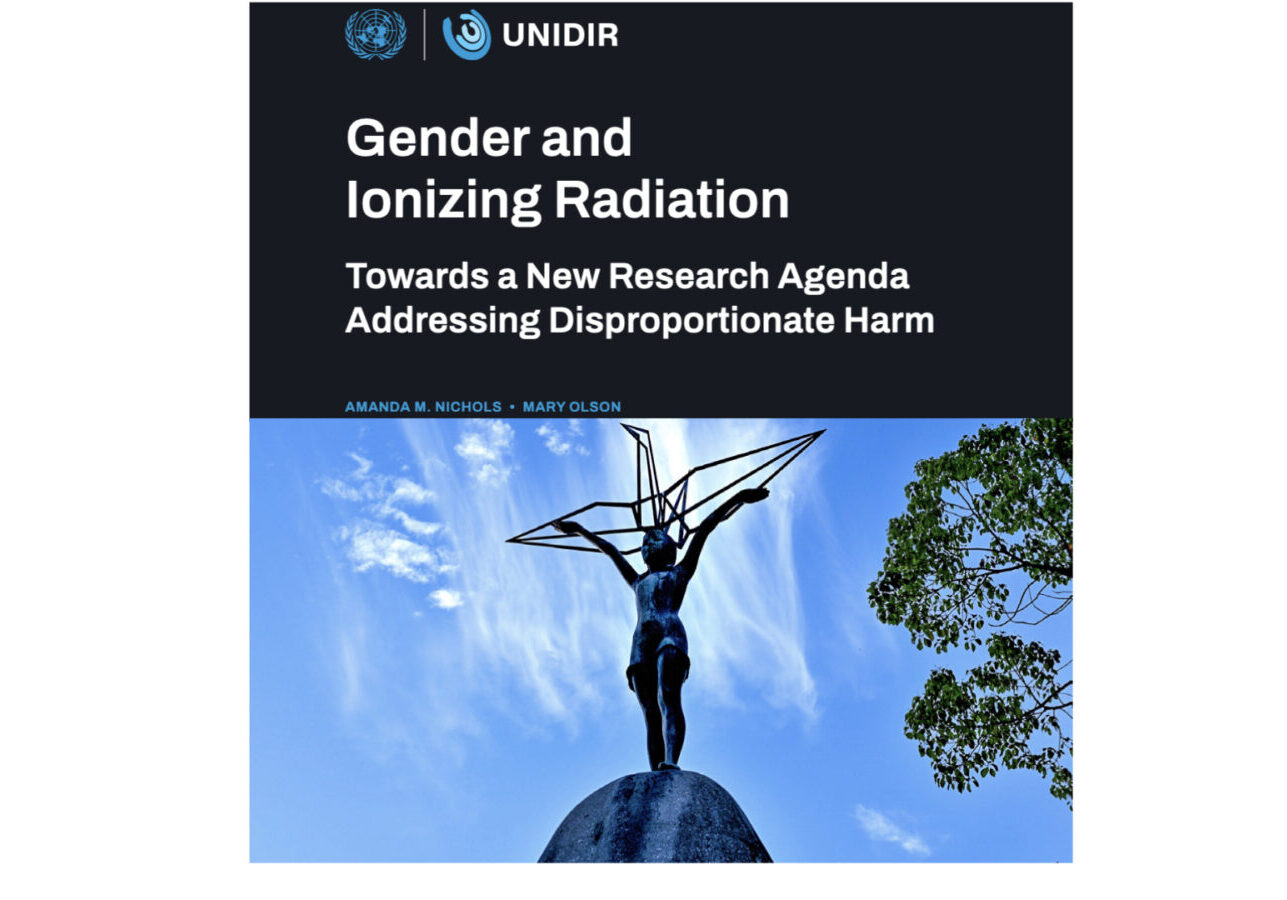Gender and radiation: New report shows girls most at-risk group

A new United Nations Institute for Disarmament Research (UNIDIR) report by Amanda M. Nichols — Postdoctoral Researcher, University of California, Santa Barbara and Mary Olson — Founder, Gender and Radiation Impact Project entitled Gender and Ionizing Radiation: Towards a New Research Agenda Addressing Disproportionate Harm examines recent research correlating harm from exposure to ionizing radiation and biological sex. The following is the executive summary:
“The detonation of a nuclear weapon in a populated area would cause devastating harm: it can kill thousands of people instantly, whether through the explosion itself, or through the intense heat and high levels of radiation. The mid- and long-term consequences from radiation exposure are less well understood, in part because they manifest differently for male and female survivors.
Robust evidence of differentiated health impacts emerged in 2006, when the US National Academy of Sciences published Biological Effects of Ionizing Radiation VII which reported 60 years of data from the Life Span Study of atomic bomb survivors of Hiroshima and Nagasaki.
Nearly 20 years after the publication of that report, this report speaks to the extent to which new evidence has been published regarding the correlation between harm from exposure to ionizing radiation and biological sex.
This report concludes the following:
The post-2006 radiation research reviewed in this report provides clear evidence that radiation causes more cancer, heart disease, and stroke in women compared to men.
Several studies present evidence that supports the hypothesis that a higher percentage of reproductive tissue in the female body could be one contributing factor to the greater rate of harm from radiation exposure in females compared to males.
In addition to biological sex, some studies suggest that age at time of exposure may be an important factor in assessing radiation outcomes.
Girls (ages 0–5 years) are the most at risk post-birth lifecycle stage for developing cancer and non-cancer related health consequences over the course of the lifetime from exposure to ionizing radiation.
These findings are important for discussions about nuclear non-proliferation and disarmament, given that sex-specific and gendered impacts of nuclear weapons are a prominent topic during the meetings of the Nuclear Non-Proliferation Treaty and the Treaty on the Prohibition of Nuclear Weapons.
More research is needed, however, that takes seriously the ways that age and intergenerational impacts inform discussions about radiological harm. This report concludes with an outline of a future research agenda and suggests research questions applicable across a number of disciplines and lines of inquiry.”
Support Beyond Nuclear
Help to ensure a safer, greener and more just world for all

